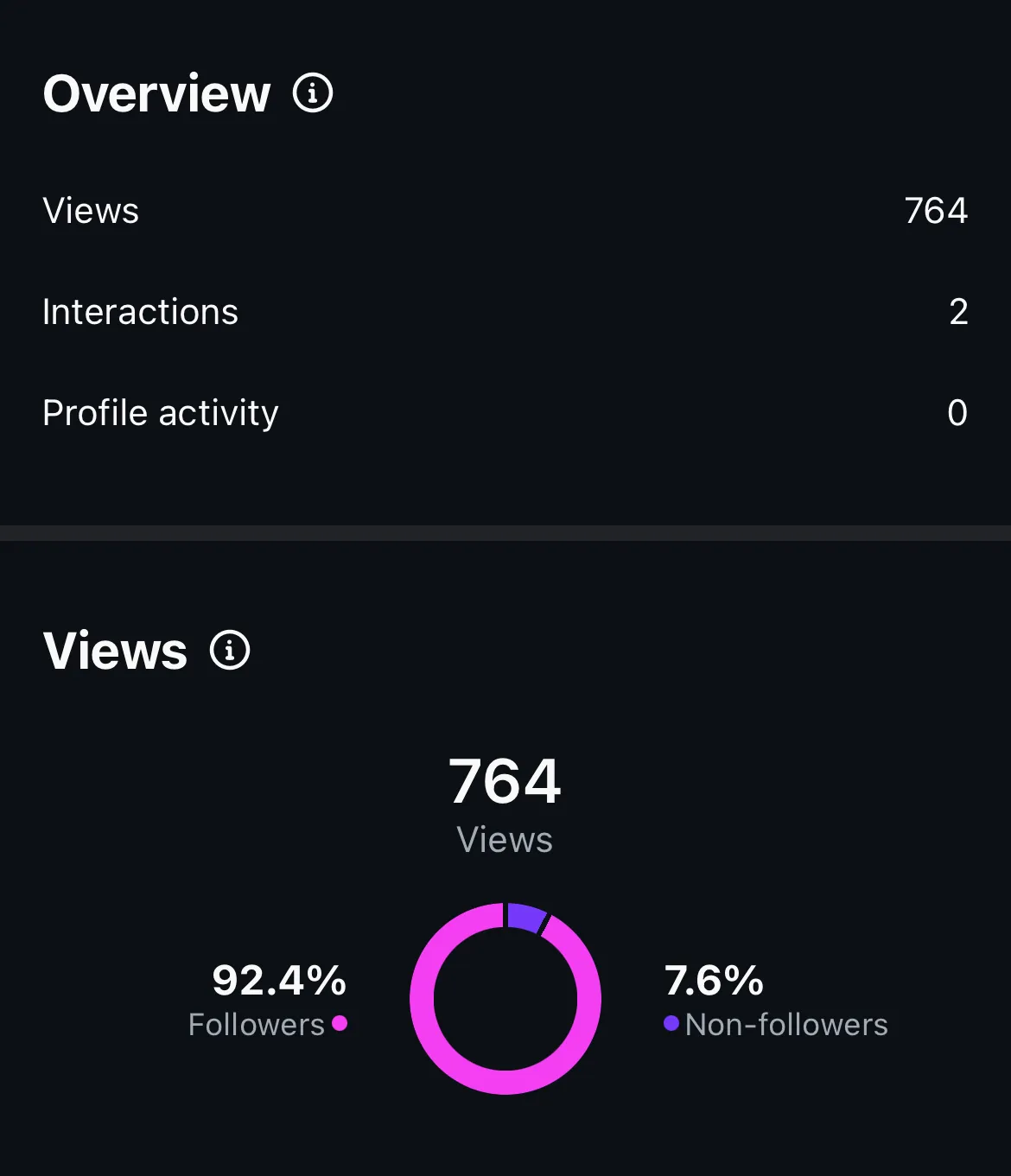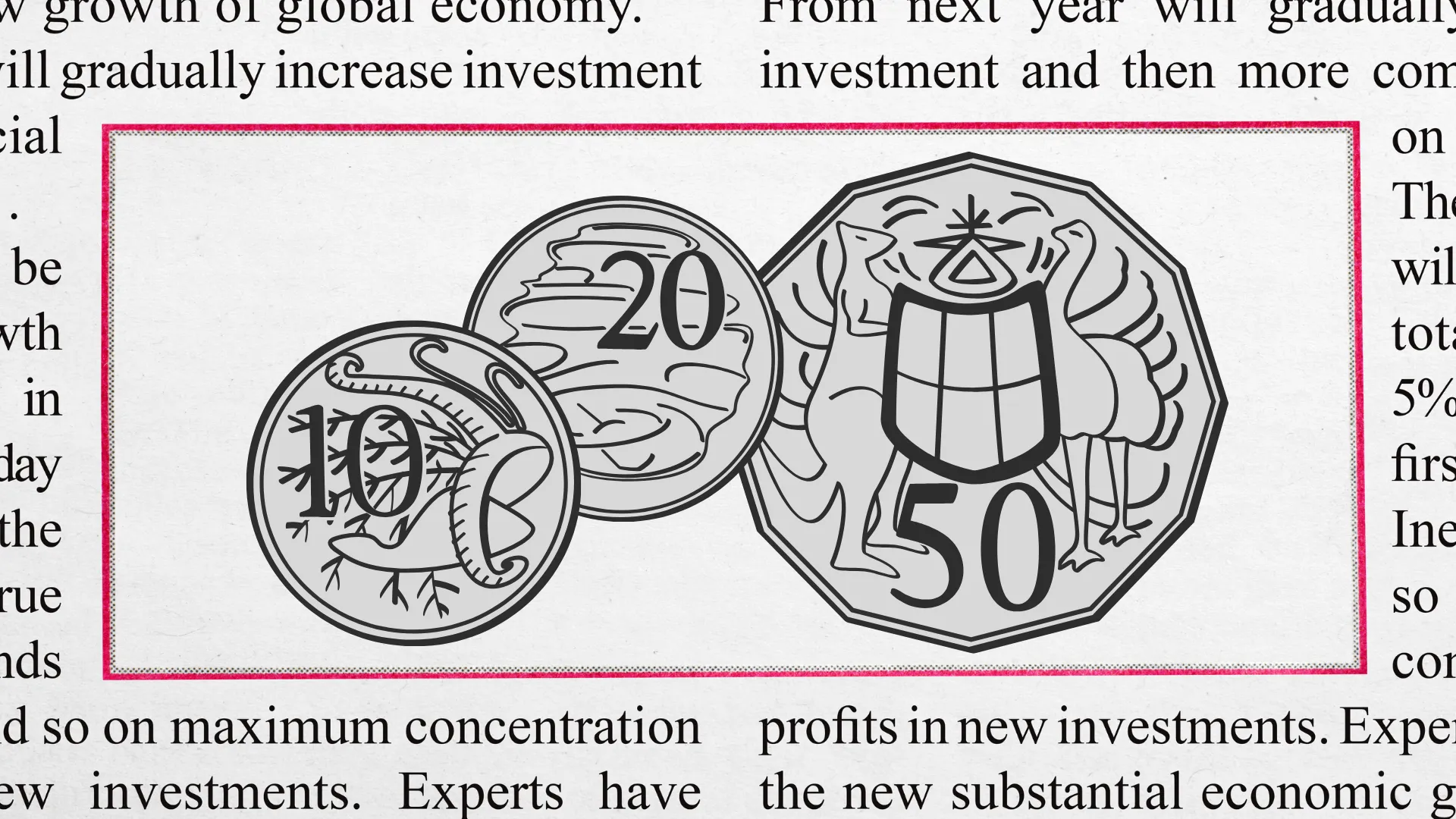We recently posted a simple promotion on a client’s social media account. It was about a niche product – nothing flashy, not designed to go viral, just a clear and relevant message aimed at the right audience.
The post didn’t get a lot of impressions. No big spike in reach. No flood of comments or shares. We’ll even show you the analytics:

But that night, someone bought the product – a $500 item.
So what happened?
The algorithm didn’t “reward” us. But the audience did.
It’s easy to get caught up in social media metrics. We all want wide reach, high engagement and the dopamine hit of watching the views climb.
But the truth is, reach without relevance doesn’t move the needle.
This post worked not because it was boosted, gamified or engineered to catch the algorithm’s eye, but because it resonated with someone who needed it.
They saw it.
They trusted it.
And they acted on it.
This is what effective content looks like
Social media has trained us to believe that performance equals popularity. But for brands and businesses, that’s often a distraction.
Real performance is measured by results – sales, leads, sign-ups, conversations, trust.
Here’s what this example reminds us:
-
Low reach doesn’t mean low value. Your content doesn’t need to go wide if it goes deep – speaking directly to the right person, at the right time.
-
Not all content needs to be viral. It just needs to be helpful, relevant, and clearly positioned for your audience.
-
Quality trumps quantity. If one well-placed, well-written post leads to a $500 sale, that’s more valuable than 10,000 impressions with no conversions.
Create for people, not just platforms
Chasing the algorithm often means watering down your message to fit trends, templates or gimmicks. And while there’s a time and place for those tactics, they shouldn’t replace strategy.
Start by asking:
-
What does my audience actually care about?
-
What pain point can I solve right now?
-
What product, service or insight is most useful to them today?
When you build content around those questions – and not just what’s trending – you create work that matters. Work that sells. Work that builds trust.
Even if only a few people see it.
The post that led to a $500 sale is proof: conversion beats clicks, every time.

Once upon a time, Black Friday was a single weekend event that followed Thanksgiving in the U.S. It's basically their version of Boxing Day sales but with [...]

People are opening your emails. They’re clicking your links. But… they still haven’t converted. You're first reaction is probably, "My emails aren't working." But that's not actually [...]

We’ve entered a new era of marketing - one where your content is no longer just read by people. It’s interpreted by AI. From Google’s Search Generative [...]

For months, we’ve all been wondering what the future holds for Google Ads with AI Overviews and the new AI Mode changing the way people interact with [...]

It’s not your imagination - social media feels a little quieter these days. Posts that once racked up likes, comments and shares are now met with a [...]

Something has shifted online this year, and if you work in marketing, you’ve felt it. Feeds feel noisier, yet somehow emptier. Search results loop endlessly. Trends peak [...]

Engaging with your audience may be more powerful than most social media teams realise. A new data study from Buffer has revealed that responding to comments on social [...]

Once upon a time, Black Friday was a single weekend event that followed Thanksgiving in the U.S. It's basically their version of Boxing Day sales but with [...]

People are opening your emails. They’re clicking your links. But… they still haven’t converted. You're first reaction is probably, "My emails aren't working." But that's not actually [...]

We’ve entered a new era of marketing - one where your content is no longer just read by people. It’s interpreted by AI. From Google’s Search Generative [...]

For months, we’ve all been wondering what the future holds for Google Ads with AI Overviews and the new AI Mode changing the way people interact with [...]

It’s not your imagination - social media feels a little quieter these days. Posts that once racked up likes, comments and shares are now met with a [...]

Congratulations. You’ve already beaten the odds. On average, 8 out of 10 people will read the headline of a piece of content - but only 2 out [...]

AI tools like ChatGPT, Google Gemini and Perplexity are quickly becoming part of how people discover websites. Instead of searching Google directly, users are asking AI tools [...]

We often hear that attention spans are decreasing, particularly among Gen Z. Social media platforms like TikTok and Instagram are often blamed, with headlines suggesting that endless [...]

